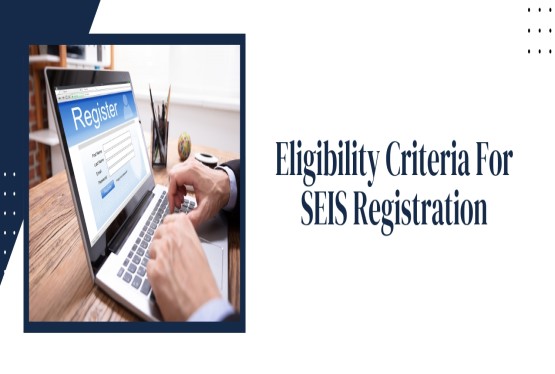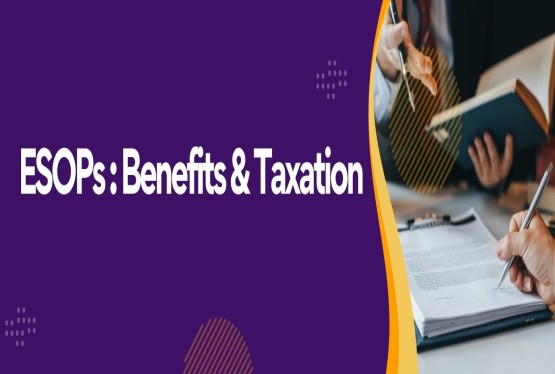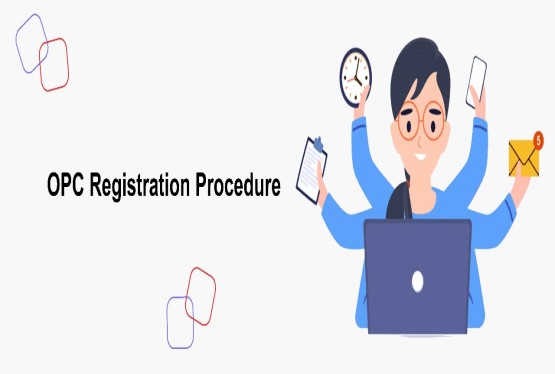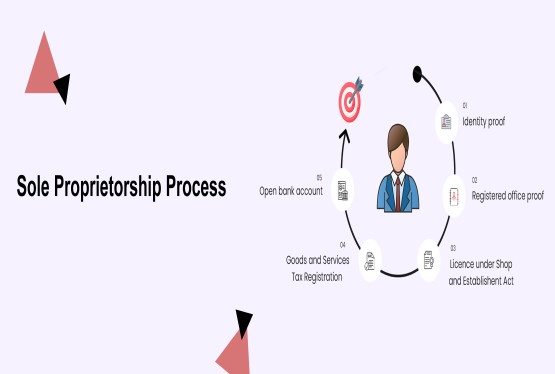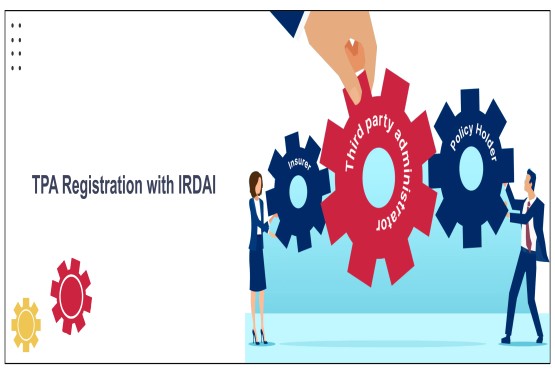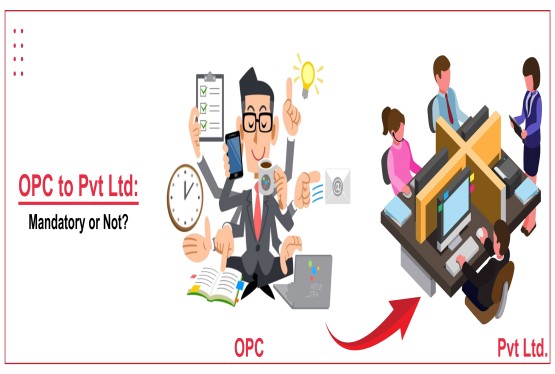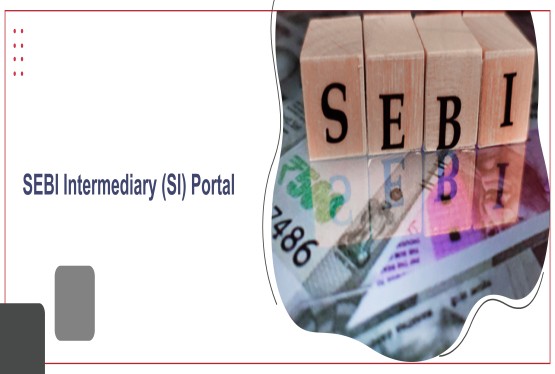In India's entrepreneurial view, selecting the appropriate business structure is a crucial step that impacts compliance, taxation, liability, and long-term growth. Two popular choices for small and medium businesses are the Limited Liability Partnership (LLP) and Sole Proprietorship. Though both structures aim to simplify operations for business owners, they differ significantly in legal status, compliance burden, and liability protection. An LLP offers a separate legal identity and limited liability to its partners, while a Sole Proprietorship is owned and managed by one individual with unlimited liability. Choosing the right one can shape the business's future trajectory.
Meaning and Legal Status
1. Sole Proprietorship: A Sole Proprietorship is the oldest and simplest form of business in India, owned, managed, and controlled by a single individual. It has no separate legal identity from its owner, meaning the proprietor and the business are legally the same. All profits earned belong to the owner, but so do all losses and liabilities. This structure is easy to form and operate, making it ideal for small-scale businesses with limited capital and minimal regulatory requirements.
Key Characteristics:
(a) No legal separation between the business and the owner
(b) The proprietor is personally liable for all debts
(c) No mandatory registration required under the Companies Act
2. Limited Liability Partnership (LLP): A Limited Liability Partnership (LLP) is a modern business structure introduced under the LLP Act, 2008. It combines the features of a traditional partnership and a company by offering limited liability protection to its partners while maintaining the flexibility of internal management. An LLP has a separate legal identity from its partners, meaning it can own property, sue or be sued in its own name. This structure is ideal for professionals and growing businesses seeking legal protection without the rigid formalities of a company.
Key Characteristics:
(a) Registered under the LLP Act, 2008
(b) Minimum of two designated partners required
(c) Legal identity is separate from its partners
(d) Partners have limited liability
Governing Laws for LLP vs Sole Proprietorship in India
-
Sole Proprietorship: A Sole Proprietorship is not governed by any specific central legislation. Instead, it operates under local laws and regulations, such as GST registration, the Shops and Establishments Act, and other state-specific licenses, depending on the nature and location of the business.
-
LLP: An LLP is governed by the Limited Liability Partnership Act, 2008, which provides a legal framework for its formation and operations. It is centrally regulated by the Ministry of Corporate Affairs (MCA), ensuring compliance through mandatory filings and disclosures.
Difference between LLP and Sole Proprietorship:
|
Particulars |
Limited Liability Partnership (LLP) |
Sole Proprietorship |
|
Legal Status |
Separate legal entity under LLP Act, 2008 |
Not a separate legal entity; considered the same as the owner |
|
Ownership |
Owned by two or more partners |
Owned and managed by a single individual |
|
Liability |
Limited to the extent of capital contribution |
Unlimited; personal assets at risk |
|
Registration |
Mandatory registration with Ministry of Corporate Affairs (MCA) |
No mandatory registration; can operate with basic licenses |
|
Compliance Requirements |
Higher compliance (Annual filing with ROC, audit if turnover exceeds limit) |
Minimal compliance requirements |
|
Taxation |
Taxed as a partnership firm (30% + surcharge & cess) |
Taxed as individual slab rates |
|
Decision Making |
Collective decision-making by partners |
Sole decision-making by proprietor |
|
Perpetual Succession |
Yes, continues irrespective of partner changes |
No; ends with death or incapacity of proprietor |
|
Name Suffix |
Must include "LLP" at the end |
No naming restrictions |
|
Audit Requirement |
Mandatory if turnover > Rs.40 lakhs or contribution > Rs.25 lakhs |
Audit is not required under specific tax conditions |
|
Funding Opportunities |
Easier to raise capital from partners and investors |
Limited to personal funds or loans |
|
Transferability |
Interest can be transferred as per LLP Agreement |
Not transferable |
|
Ideal For |
Professionals and businesses wanting legal recognition and limited liability |
Small-scale or single-owned businesses with low investment needs |
Registration Process of LLP and Sole Proprietorship in India
Sole Proprietorship Registration Process
While sole proprietorships don’t require centralized registration, obtaining key licenses like GST registration, Shops & Establishment registration, UDYAM registration, and a PAN card in the proprietor’s name helps establish the business’s legal identity and operational legitimacy.
-
Choose a Business Name: Select a unique and meaningful name that aligns with your brand and business objectives. The name should not infringe on existing trademarks or business names. Before finalizing, check its availability on the Ministry of Corporate Affairs (MCA) portal and the Indian Trademark Registry database to avoid future legal issues.
-
Obtain PAN Card (if separate from personal PAN): While a Sole Proprietorship does not have a separate legal identity, you may still apply for a separate PAN in the business name for specific registrations or banking purposes. However, many proprietors use their personal PAN for all business-related transactions.
-
Opening a Current Bank Account in Business Name: To receive and make business payments professionally, open a current account in the name of your business. Banks usually require proof of business existence, such as a GST certificate, Shop and Establishment license, or MSME/Udyam Registration to open this account.
-
Register under GST (if turnover exceeds limit or required): GST registration is mandatory if your turnover exceeds Rs.20 lakhs (Rs.10 lakhs for special category states) or if you deal in interstate trade, e-commerce, or specific goods and services. It enables you to collect GST, claim input tax credit, and ensures tax compliance.
-
Shop and Establishment License (if applicable): This license is issued by the local municipal authority and is required if you have a physical business location like an office, shop, or establishment. It regulates working conditions and employee rights and is often needed for opening a bank account.
-
Other Licenses (FSSAI for food, MSME/Udyam Registration, etc.): Depending on the nature of your business, additional licenses may be required. For instance, food businesses must register with the Food Safety and Standards Authority of India (FSSAI). Registering under MSME/Udyam can offer benefits such as government subsidies, easier loan access, and tax exemptions.
LLP Registration Process
LLP registration is completely online and centralized under the MCA portal.
-
Obtain DSC (Digital Signature Certificate): Every designated partner must obtain a Digital Signature Certificate to securely sign and submit e-forms on the MCA portal as part of the LLP registration process.
-
Apply for DIN (Director Identification Number): Designated partners must apply for a unique Director Identification Number (DIN), which is essential for verifying their identity and fulfilling compliance obligations under MCA.
-
Name Reservation (RUN-LLP form): Submit the RUN-LLP form through the MCA portal to reserve a unique name for your LLP. The proposed name must follow LLP naming rules and should not conflict with existing names or trademarks.
-
Filing of Incorporation Form (FiLLiP): File Form FiLLiP (Form for Incorporation of LLP) online along with required documents like partner details, address proof, and consent to register the LLP under the LLP Act, 2008.
-
Execution of LLP Agreement: The LLP Agreement must be drafted and filed within 30 days of incorporation. It governs partner roles, rights, responsibilities, profit sharing, and operational rules of the LLP.
-
PAN and TAN Application (post incorporation): After the LLP is incorporated, apply for its PAN and TAN via NSDL. PAN is needed for taxation, while TAN is required for deducting and depositing TDS as per Income Tax laws.
Upon successful registration, a Certificate of Incorporation is issued.
Required Documents for Sole Proprietorship and LLP
For Sole Proprietorship
-
PAN Card of proprietor: Essential for tax filing and opening a business bank account, the proprietor’s PAN is used as the business's tax identity.
-
Aadhaar card: Aadhaar is required for identity verification, e-KYC processes, and linking with various government services for the proprietorship.
-
Passport-sized photo: Used for official documentation and registrations to authenticate the proprietor’s identity visually.
-
Registered office proof (rent agreement or utility bill): Serves as address proof for business location, required for GST registration, bank accounts, and other licenses.
-
Shop and Establishment Certificate (if applicable): Mandatory for businesses with a physical location; this license ensures compliance with local labor and commercial laws.
-
GST registration (optional but beneficial): Needed if turnover exceeds the threshold; it adds tax compliance credibility and enables input tax credit benefits.
-
Business-related licenses (as per industry): Specific licenses like FSSAI, Import Export Code, etc., are required based on the nature of the business to operate legally.
For LLP
-
PAN and Aadhaar of partners: Mandatory identity proofs for all designated partners, required for LLP incorporation and compliance with KYC norms.
-
Address proof of partners (Passport, Voter ID, Driving License): Used to verify the residential address of each partner during the LLP registration process.
-
Digital Signature Certificates (DSC): Required for signing electronic forms submitted on the MCA portal during incorporation and future filings.
-
DIN (Director Identification Number): A unique ID allotted to designated partners for identification in MCA records and is essential for LLP compliance.
-
Proof of registered office (utility bill, rent agreement, NOC from owner): Required to confirm the official business address of the LLP for communication and government correspondence.
-
LLP Agreement: A legal document that defines partner roles, profit sharing, rights, duties, and operational rules of the LLP.
-
Passport (for NRIs or foreign nationals as partners): Mandatory identity proof for foreign partners to comply with legal and immigration requirements in India.
Control and Ownership
-
Sole Proprietorship: In a Sole Proprietorship, control and ownership lie entirely with a single individual who makes all decisions independently. This structure offers complete autonomy but also places full responsibility and liability on the proprietor. There is no distinction between the owner and the business, and ownership cannot be transferred without discontinuing the existing setup.
-
LLP: A Limited Liability Partnership (LLP) is jointly owned and controlled by two or more partners as per the LLP Agreement. Each partner has defined rights, responsibilities, and profit-sharing ratios. Control is shared, and decisions are typically made collectively or by designated partners. Ownership in an LLP can be partially or fully transferred with mutual consent, offering more flexibility and continuity.
Branding and Credibility
Sole Proprietorship
-
A sole proprietorship lacks formal registration as a separate legal entity, often making it appear less structured or informal in comparison to LLPs or companies.
-
Due to minimal compliance and no distinct legal identity, sole proprietors may struggle to build trust with financial institutions, investors, or vendors, affecting growth opportunities.
-
Since the business is tied to a single individual with limited liability protection, it can be challenging to secure external funding or contracts from corporates that prefer registered entities.
LLP
-
An LLP is a legally recognized business entity under the Ministry of Corporate Affairs and is assigned a unique CIN, offering it a distinct identity separate from its partners.
-
Due to its formal structure and regulatory compliance, an LLP enjoys higher credibility with banks, vendors, and investors, making it easier to secure loans, contracts, and business opportunities.
-
As a separate legal entity, an LLP can independently enter into agreements, own property, initiate legal actions, or be held liable in court—ensuring continuity and legal standing.
Final Thought
Choosing between a Sole Proprietorship and an LLP depends on your business goals, budget, scalability, and risk appetite. A Sole Proprietorship is ideal for solo entrepreneurs testing the waters with minimal investment and simpler compliance needs. However, it lacks legal recognition, limited liability, and long-term sustainability. On the other hand, a Limited Liability Partnership (LLP), though more regulated, offers a legally robust structure with limited liability, making it better suited for partnerships and scalable ventures.
Carefully evaluate your short-term requirements and long-term vision before selecting the appropriate business structure. For those seeking brand value, partner collaboration, and investor trust, LLP provides a solid foundation. But for informal, owner-managed setups, Sole Proprietorship can still be an effective and quick launchpad.
If you have any queries regarding LLP and Sole Proprietorship, then you can connect with Compliance Calendar LLP experts through email info@ccoffice.in or Call/Whatsapp at +91 9988424211.
Frequently Asked Questions
Q1. What is the main difference between an LLP and a Sole Proprietorship?
Ans. The primary difference is that an LLP is a separate legal entity with limited liability protection, while a Sole Proprietorship is not a separate entity, and the owner bears unlimited personal liability.
Q2. Which business structure is easier to register for: LLP or Sole Proprietorship?
Ans. A Sole Proprietorship is easier and quicker to start with minimal paperwork, while an LLP requires formal registration with the Ministry of Corporate Affairs (MCA).
Q3. Can a Sole Proprietorship be converted into an LLP?
Ans. Yes, a Sole Proprietorship can be converted into an LLP by complying with the LLP Act, 2008 provisions and filing the necessary forms and agreements with the MCA.
Q4. Who is liable for business debts in a Sole Proprietorship and an LLP?
Ans. In a Sole Proprietorship, the owner has unlimited personal liability. In an LLP, liability is limited to the extent of the partner’s capital contribution.
Q5. Which structure is better for obtaining business loans or investments?
Ans. LLPs are generally preferred by banks and investors due to their legal recognition, regulatory compliance, and limited liability, whereas Sole Proprietorships may face credibility issues.
Q6. Are annual filings mandatory for both LLP and Sole Proprietorship?
Ans. LLPs must file annual returns and statements with the Registrar of Companies (ROC). Sole Proprietorships have no mandatory ROC filings but must comply with tax and local laws.
Q7. Which structure is ideal for single-owned businesses?
Ans. A Sole Proprietorship is suitable for individuals wanting full control and operating on a small scale. LLPs are better suited for professional firms or partnerships requiring legal recognition.












_crop10_thumb.jpg)





_crop10_thumb.jpg)




























-Form_crop10_thumb.jpg)

_crop10_thumb.jpg)























_learn_crop10_thumb.jpeg)
































_crop10_thumb.jpg)

_crop10_thumb.jpg)





















_crop10_thumb.jpg)







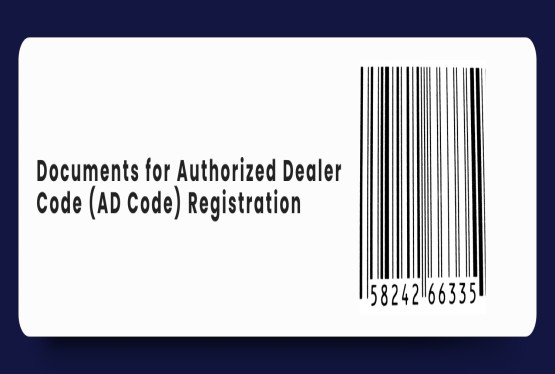







_for_Foreign_Directors_learn_crop10_thumb.jpeg)




_Act,_2015_learn_crop10_thumb.jpg)


































_learn_crop10_thumb.jpg)


